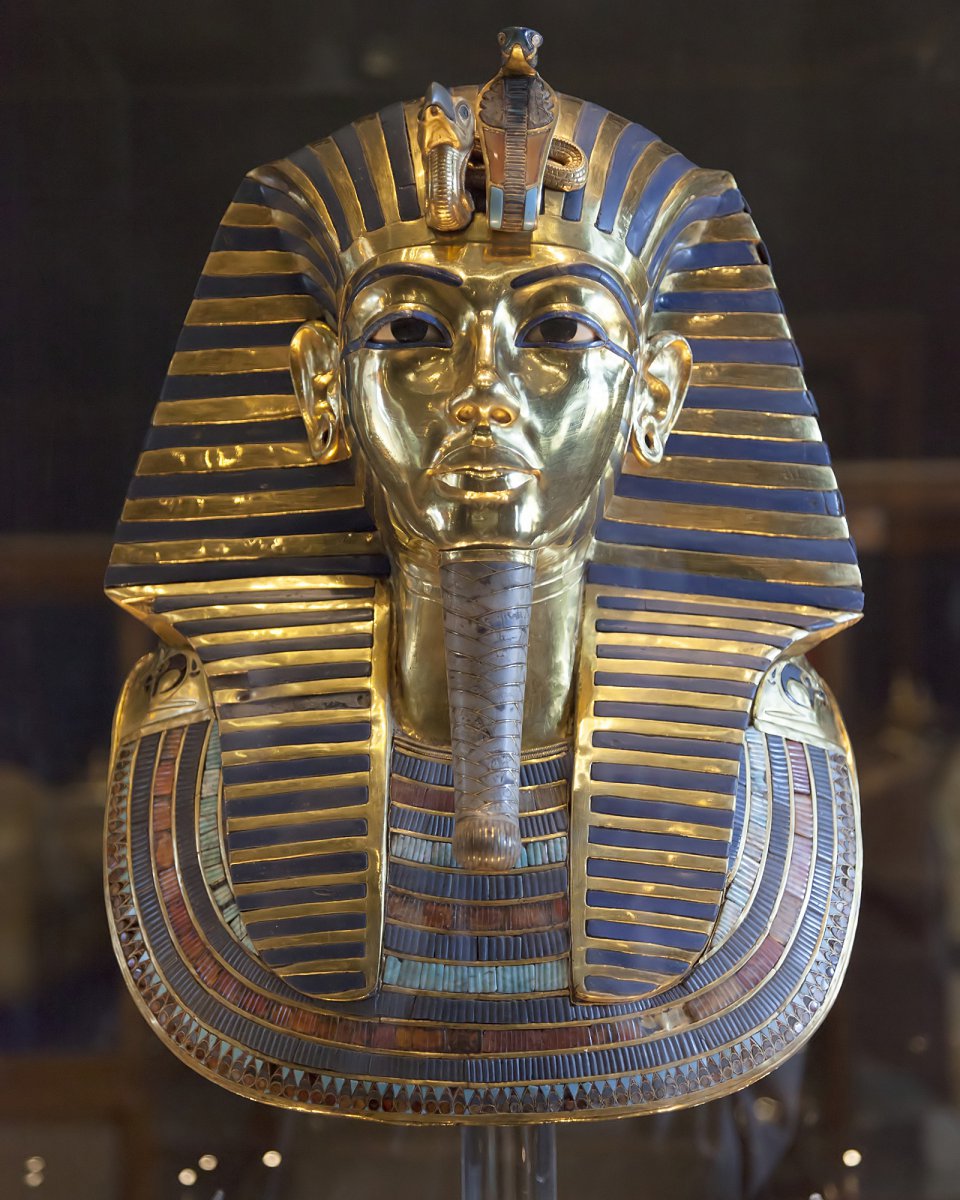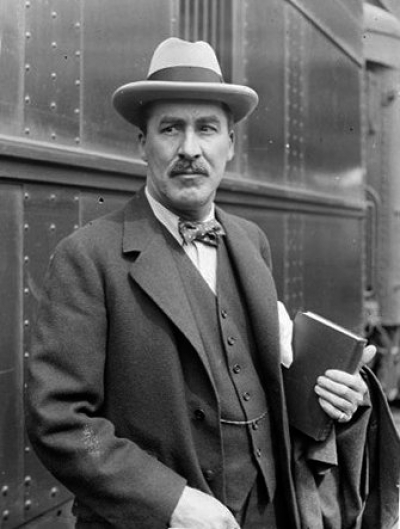Tutankhamun was an Egyptian pharaoh who was the last of his royal family to rule during the end of the 18th Dynasty (ruled c. 1332 1323 BC in the conventional chronology) during the New Kingdom of Egyptian history. His father is believed to be the pharaoh Akhenaten, identified as the mummy found in the tomb KV55. His mother is his father's sister, identified through DNA testing as an unknown mummy referred to as "The Younger Lady" who was found in KV35.Tutankhamun took the throne at eight or nine years of age under the unprecedented viziership of his eventual successor, Ay, to whom he may have been related. He married his paternal half-sister Ankhesenamun. During their marriage they lost two daughters, one at 56 months of pregnancy and the other shortly after birth at full-term. His namesTutankhaten and Tutankhamunare thought to mean "Living image of Aten" and "Living image of Amun", with Aten replaced by Amun after Akhenaten's death. A small number of Egyptologists, including Battiscombe Gunn, believe the translation may be incorrect and closer to "The-life-of-Aten-is-pleasing" or, as Professor Gerhard Fecht believes, reads as "One-perfect-of-life-is-Aten".
Tutankhamun restored the Ancient Egyptian religion after its dissolution by his father, enriched and endowed the priestly orders of two important cults and began restoring old monuments damaged during the previous Amarna period. He reburied his father's remains in the Valley of the Kings and relocated the capital from Akhetaten back to Thebes. Tutankhamun was physically disabled with a deformity of his left foot along with bone necrosis that required the use of a cane, several of which were found in his tomb. He had other health issues including scoliosis and had contracted several strains of malaria.
The 1922 discovery by Howard Carter of Tutankhamun's nearly intact tomb, in excavations funded by Lord Carnarvon, received worldwide press coverage. With over 5,000 artifacts, it sparked a renewed public interest in ancient Egypt, for which Tutankhamun's mask, now in the Egyptian Museum, remains a popular symbol. The deaths of a few involved in the discovery of Tutankhamun's mummy have been popularly attributed to the curse of the pharaohs. He has, since the discovery of his intact tomb, been referred to colloquially as "King Tut".
Some of his treasure has traveled worldwide with unprecedented response. The Egyptian Supreme Council of Antiquities allowed tours beginning in 1962 with the exhibit at the Louvre in Paris, followed by the Kyoto Municipal Museum of Art in Tokyo, Japan. The exhibits drew in millions of visitors. The 19721979 exhibit was shown in United States, Soviet Union, Japan, France, Canada, and West Germany. There were no international exhibitions again until 20052011. This exhibit featured Tutankhamun's predecessors from the 18th Dynasty, including Hatshepsut and Akhenaten, but did not include the golden death mask. The treasures 20192022 tour began in Los Angeles and will end in 2022 at the new Grand Egyptian Museum in Cairo, which, for the first time, will be displaying the full Tutankhamun collection, gathered from all of Egypt's museums and storerooms.
Howard Carter (9 May 1874 – 2 March 1939) was a British archaeologist and Egyptologist who discovered the intact tomb of the 18th Dynasty Pharaoh Tutankhamun in November 1922, the best-preserved pharaonic tomb ever found in the Valley of the Kings.

1923Feb, 16
Howard Carter unseals the burial chamber of Pharaoh Tutankhamun.
Choose Another Date
Events on 1923
- 16Feb
Tutankhamun
Howard Carter unseals the burial chamber of Pharaoh Tutankhamun. - 25Jun
Aerial refueling
Capt. Lowell H. Smith and Lt. John P. Richter perform the first ever aerial refueling in a DH.4B biplane - 1Jul
History of Chinese immigration to Canada
The Canadian Parliament suspends all Chinese immigration. - 12Sep
Zimbabwe
Southern Rhodesia, today called Zimbabwe, is annexed by the United Kingdom. - 29Oct
Ottoman Empire
Turkey becomes a republic following the dissolution of the Ottoman Empire.

 English
English  español
español  français
français  português
português  русский
русский  العربية
العربية  简体中文
简体中文 